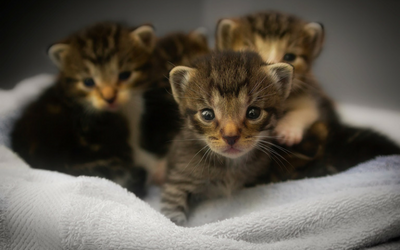chlamydia in cats transmission
And Kochs Principles prove. Indirect contact is unlikely as C.

Feline Uris What To Do If Your Cat Has A Cold Firstvet
Chlamydia felis does not survive outside of the host so close contact between cats is required for transmission usually via ocular discharges.
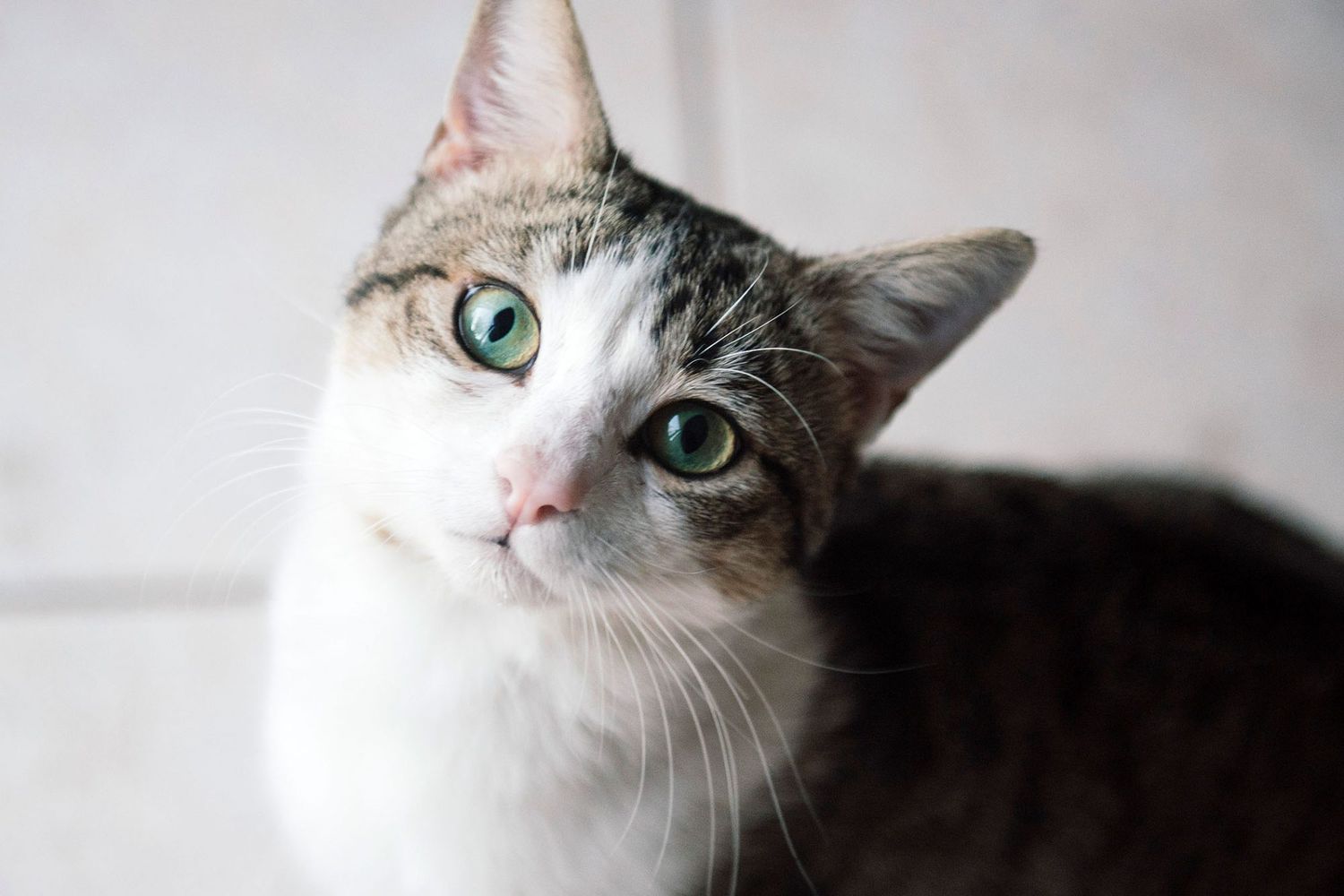
. Watery or yellowish discharge from one or both eyes Swelling and redness of the conjunctiva the white part of the eye and the membrane that lines the inside of the eyelid Slight fever Drooling Sneezing Runny nose Mouth ulcers Difficulty. Chlamydia felis has low viability outside of the host so close contact between cats is required for transmission. Abortus is often transmitted to other animals in birth products although it also occurs in other secretions and excretions such as.
The mode of transmission is uncertain but Chlamydophila cannot survive in. Signs and Symptoms of Chlamydia in Cats. Chlamydia in cats is usually most severe in kittens who acquire chlamydia from direct contact with an infected animals sneeze or cough or even during the birthing process.
In addition it may also affect the genital area although thats less common in cats. Infected cats also shed Chlamydophila from their rectum and vagina although whether venereal transmission may occur has not been confirmed. ABCD follows a recent nomenclature proposal to classify all 11 currently recognized Chlamydiaceae.
Sykes J E Anderson G A Studdert V P et al 1999 Prevalence of feline Chlamydia psittaci and feline herpesvirus 1 in cats with upper respiratory tract disease. Presence of eye discharge. It is a bacteria that invades and infects your cats eyes and is one of the most common causes of conjunctivitis in cats.
Chlamydia is a bacterial infection of the. The primary mode of transmission is direct contact with the nasal or ocular discharges from an infected cat. Felis can cause up to 30 of chronic conjunctivitis in cats.
Known as feline chlamydia its fairly common and can affect the upper respiratory system or eyes. The incubation period of chlamydia in cats is 3-5 days and. Chlamydia infections have crossed over to humans from cattle horses pigs sheep goats guinea pigs birds dogs cats snakes and monkeys.
Chlamydia in cats is. J Feline Med Surg 1 1 31-35 PubMed. However both are highly contagious and highly treatable.
In keeping with other similar organisms Chalmydophila felis or C felis is a very fragile bacterium and cannot survive for any significant time in the. Chlamydiosis in Cats Symptoms and Types. Cats can become infected through direct contact with the bacteria so.
They are two different types of bacteria. Transmission usually occurs through ocular secretions. While there is a higher prevalence of this infection in kittens this condition is present.
How is chlamydia transmitted in cats. Since we have established this isnt an illness caused because your cat is catting around how does your cat catch Chlamydia and how do you know if he has it. Chlamydia in cats is caused by the bacteria Chlamydia felis.
There have been suggestions of other chlamydial agents occurring in cats but there is little evidence that they are clinically relevant. Infection with the bacteria occurs via a so-called droplet infection or through direct contact with secretions from the mouth nose or. The disease in cats is also known as feline pneumonitis which can be misleading because these bacteria rarely cause pneumonia in cats.
Chlamydophila infection is relatively common in cats and it may be a cause of up to 30 of cases of chronic long-term conjunctivitis. Felis doesnt survive well in the environment however it is always advisable to exercise caution when dealing with infected cats and practice routine hand washing and disinfecting to minimise the. How is chalmydophila felis C felis infected.
Though its contagious among other cats youll be glad to hear its not zoonotic and would be extremely rare for you to catch it. Chlamydia can infect cats of all ages but kittens between the ages of 5 and 12 weeks are most. The main chlamydial agent recognised in cats is Chlamydophila felis which was previously known as Chlamydia psittaci feline strain.
In general these are the 9 symptoms of chlamydia in cats. The majority of infections are caused by contact with ocular secretions with secondary transmission via direct physical contact or contaminated surfaces and fomites. Different strains of Chlamydia felis and Chlamydia pneumoniae bacteria cause significant eye infections in cats.
Chlamydial conjunctivitis is an infection of the membrane around the eye the conjunctiva. Sometimes called Chlamydial Conjunctivitis chlamydia in cats is caused by the bacteria Chlamydia felis. The cat Chlamydia is caused by the bacteria Chlamydia psittaci.
Chlamydiosis infection affects the respiratory system the eyes the gastrointestinal system and the. For this reason if one cat in the home is diagnosed all cats in the household should be treated. However the organism requires direct contact between cats to spread so disease is much more common where larger groups of cats are kept together multi-cat households breeding households catteries and shelters.
We investigated 13 cats aged between 2 months and 7 years in which conjunctivitis rhinitis laryngotracheitis bronchopneumonia and lymph adenopathy was clinically diagnosed. The predominant routes of transmission can differ between chlamydial species disease syndromes and hosts. Cats in shelters boarding kennels and multi-cat households run a higher risk of contracting chlamydia.
Transmission occurs as a result of direct close contact between cats because the organism survives poorly in the environment. Chlamydia is spread by close or direct contact with an infected cat so all cats in the home can become infected. Inflammation of conjunctivitis it is the inflammation of the pink line around the eyelid area and transparent covering of the eyeball.
The bacteria that cause feline chlamydia typically cannot survive very long away from a host so this disease usually spreads by direct contact between an infected and an uninfected animal. J Vet Intern Med 13 3 153-162 PubMed. Felis is considered as a primary and important agent in the etiology of infectious diseases of the upper respiratory tract and eyes in cats having zoonotic potential.
Kittens may become infected during birth. Although organisms have been isolated in the faeces and vaginal secretions it. Chlamydia is also easily transmitted to experimental animals including mice monkeys and rabbits.
Chlamydia felis is a Gram-negative bacterium that is an obligate intracellular parasite of cats. Felis is highly adapted to infecting cats so the risk of you contracting chlamydia from your cat is low. What is chlamydia in cats and how is it transmitted.
Transmission of Chlamydia pathogens from pets and domesticated animals to humans is well established. 3 You should still practice good hygiene after handling a cat with chlamydia or suspected chlamydia though. Reddened eyes because of the inflammation your cats eyes will turn red.
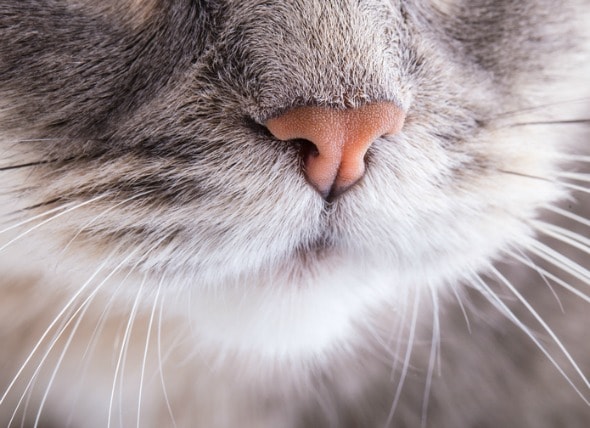
Upper Respiratory Infection Chlamydia In Cats Petmd

Why Your Indoor Cat May Need Vaccinations Fear Free Happy Homes

Upper Respiratory Infection Chlamydia In Cats Petmd
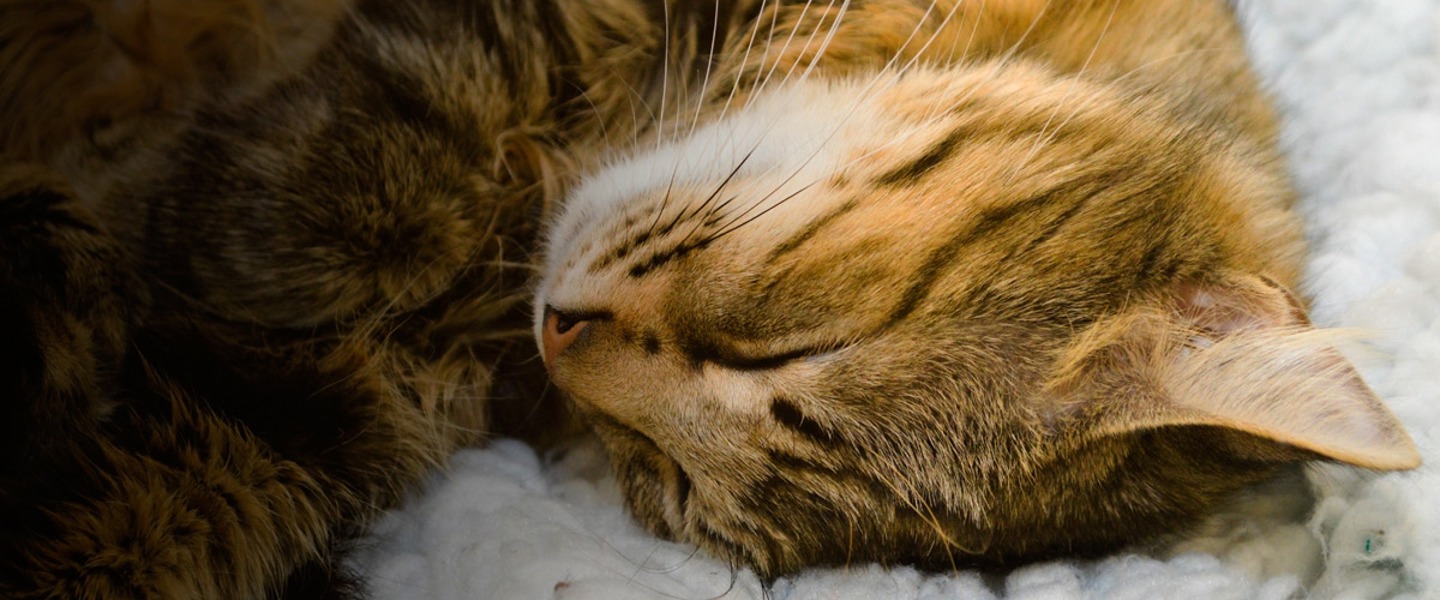
Chlamydophila In Cats Help Advice Cats Protection

A Cat Owner S Guide To Feline Infectious Respiratory Diseases Vet In Palm City Palm City Animal Medical Center

Chlamydia In Cats What It Is And What It Isn T Catster

Chlamydia Disease The Brook Vet

Upper Respiratory Infection Chlamydia In Cats Petmd

Upper Respiratory Infection Chlamydia In Cats Petmd
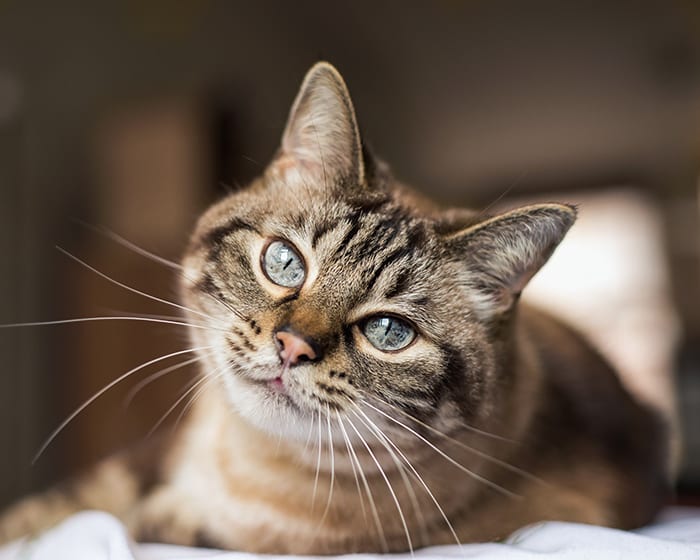
Common Cat Dog Eye Conditions Cat Dog Eye Problems

Chlamydia In Cats What It Is And What It Isn T Catster

Upper Respiratory Infection Chlamydia In Cats Petmd

Signs Your Cat May Have An Eye Infection Causes Symptoms Treatment Prevention Daily Paws

Chlamydophila Felis Infection Feline Chlamydophilosis International Cat Care
/Kittens-de94dd79a26540569bf7fa6326885464.jpg)
